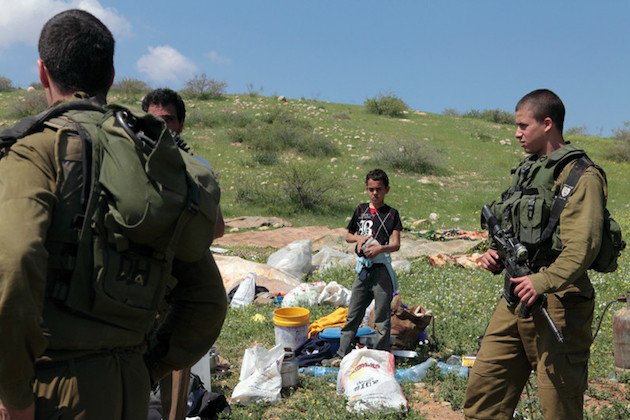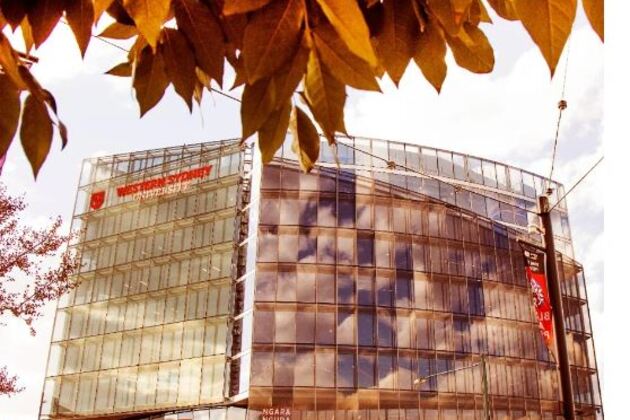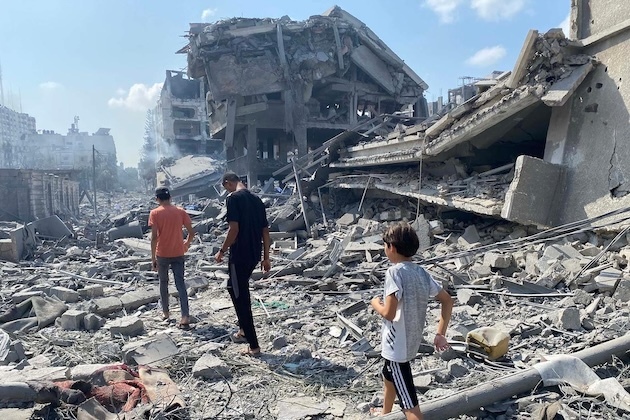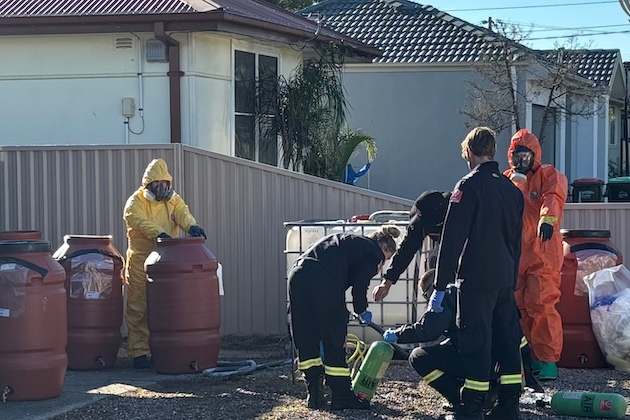2LT International News
300 people in West Bank evicted to make way for military exercise
Feb 7, 2019
TEL AVIV, Israel – The Israeli army has forced hundreds of Bedouin people to leave their homes for a week to enable them to carry out a training drill.
Fifty families in the Jordan Valley in the Bedouin communities of Ras al-Ahmar, al-Meytah and al-Burj were ordered to vacate their homes on Tuesday.
The Jordan Valley is a huge area of fertile land which accounts for about a quarter of the West Bank.
6,000 Jewish settlers also call Jordan Valley their home.
The Israeli training exercise began on Tuesday and will conclude next Tuesday 12 February.
“An Israeli army force broke into the communities since last night and forced the families to leave their homes,” Aref Daraghmeh, the chairman of the al-Maleh local council said on Wednesday.
He said almost 300 Palestinians, of which nearly half are children, were told to evacuate their homes.
According to the 1993 Oslo Accords, “Area C” of the West Bank, which includes the Jordan Valley, falls under full Israeli administrative and security control.
Israeli military exercises involving the temporary displacement of entire communities have become systematic in recent years, with hundreds of such incidents recorded since 2012. Some communities in the northern Jordan Valley have been temporarily displaced more than 20 times, according to the United Nations Office for the Coordination of Humanitarian Affairs.
Military exercises take place in areas designated as “firing zones” and which cover approximately 18% of the West Bank and 56% of the Jordan Valley and Dead Sea area. A civilian presence in these zones without permission from the Israeli authorities, which is rarely granted, is formally prohibited. Despite this, there are at least 38 Bedouin and herding residential areas with over 6,200 residents currently located in these regions.
The 6,000 settlers residing in the Jordan Valley are housed in eleven settlement outposts and related infrastructure located either partially or completely in firing zones. However, there have been no reports of similar evacuations affecting residents of these sites in the context of military training, the UN agency says.
‘This type of displacement disrupts the community’s livelihoods as people are forced to move with their livestock to unsuitable areas. They sustain losses as a result of the death of animals and burning of pasture land. The exercises often spread panic among children and impede access to schools. Compounded by longstanding restrictions on access to land and services, demolitions and confiscation of property, harassment and settler violence, this practice generates a coercive environment that contributes to putting pressure on Palestinian residents to leave these areas permanentl,’ the UNOCHA says.
Last week, agency representatives met Bassam Sawaftah, a Palestinian farmer from the Ibziq area in the northern West Bank who lost much of his harvest during military training that took place from mid-December 2018 to mid-January 2019 on his lands.
“Whatever you see in brown,” he told the UN representatives, “are the tracks of the Israeli military tanks that were inside our cultivated land. I lost half of my expected crop for this year, which means half of my income. This also means that I lost half of the food that I would buy for my children.”
Bassam lives with his wife, three daughters and 3 sons.
About 18% of the West Bank has been designated by the Israeli authorities as firing zones for military training.
Under international humanitarian law, temporary evacuations may be undertaken only in the context of active hostilities where the security of the protected population or imperative military reasons so demand.







